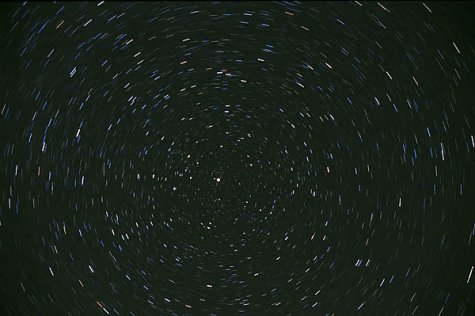Autumn equinox = equal lengths of day and night
Text Mikk Sarv
Photo Kalle Rahu
Translation: Liis
Starry sky
Autumn began on Sunday September 22nd at 23.44 (Estonian time)
At the autumn and spring equinoxes darkness arrives suddenly after sundown, as in southerly countries. At the winter and summer solstices darkness arrives slowly through a long twilight. Presently stars are in the sky already an hour after sunset.
Milky Way predicts winter
From north-east to south-west the Milky Way proudly arches. Almost directly overhead it splits into two branches going towards south. At the branching point is the Cygnus constellation resembling an aeroplane or a kite. When the branches of the Milky Way are bright and clearly visible it was believed that a cold and snowy winter was to come.
The Estonian word „lind“, bird, in languages related to Estonian means goose. Thus it can be assumed that wild geese have once been one of the most important and memorable birds. So it is with many other people in the world. The Sami know the geese to be close to the Creator and the Sun. In Hindu and Tibetan stories a brotherhood of holy men can in a moment turn into a flock of geese and fly elsewhere.
Geese and other migratory birds mostly travel at night. Watching from the ground the birds setting off on the journey after sunset, when the stars and the Milky Way appear in the sky, is most noticeable. Milky Way is a good roadmark for the birds for keeping the right course. Thus it might be said that the birds travel along the Milky Way
Birds migrate
Birds migrate at times at very high altitudes. Our smallest bird, the goldcrest, can migrate at an altitude of 2 kilometres. Strong and favourable winds are blowing there that make the effort of flying significantly smaller, sometimes helping to get on a thousand kilometres in one night.
To restore their migration strength waterfowl stop at sea and lake shores. Estonia, between Lake Peipsi and the sea, with its long beaches thus is an important and well-known stopping place in autumn as well as spring. The powerful sovereigns of the shores have been the Bewick’s and whooper swans from time to time. During the last centuries mute swans have been added, brought in from the Caspian Sea with the aid of the German manor owners and spread as park pond birds.
The more modest and warmth-loving geese leave, and leave behind frosts. After the departure of the powerful swans full winter remains, with snow and cold
But light shines in the darkness – the autumn sky is full of stars that lead on to the paths to warmth and light.









